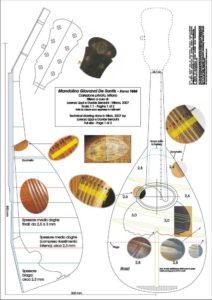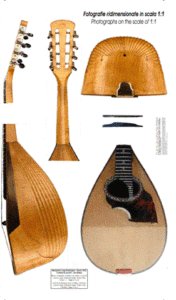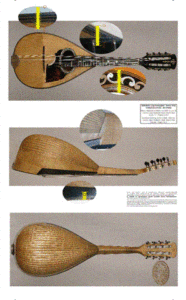Extract from the proceedings of the conference “Il mandolino a Milano e in Lombardia nei secoli XVIII e XIX” – May 2022.
The use of cherry bark picks on gut-string instruments has been documented since ancient times . A rare discovery of some of these original picks has allowed to carry out some tests and for a more in-depth research.




 To be always updated about news on the site and news about my work
To be always updated about news on the site and news about my work 
















